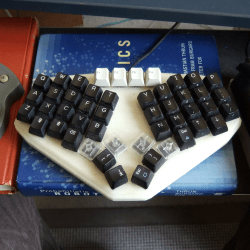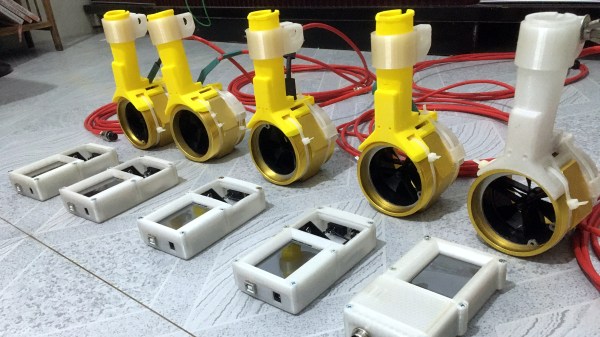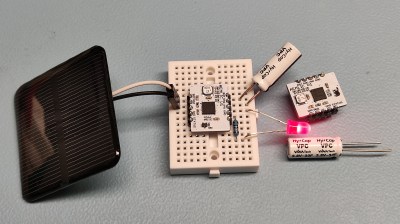Hackaday editors Mike Szczys and Elliot Williams pick up on the neatest hacks you may have missed. We start off with another “What’s that Sound?” so put your geeky-ears to the test and win a Hackaday Podcast T-shirt. Here are a couple of classic hacks to bring you joy: music based on Markov chains, and a squiggly take on the classic Nokia game of snake. For the more hardcore science geeks we dive into the B Meson news coming out of CERN’s physics experiments. And after taking a detour in bristle-bot-based pen plotting, we unpack the hidden system of pipes that carry oil, gas, diesel, and more from the refinery to your region.
Take a look at the links below if you want to follow along, and as always, tell us what you think about this episode in the comments!
Direct download (The best 57 MB you’ll download all day!)


















